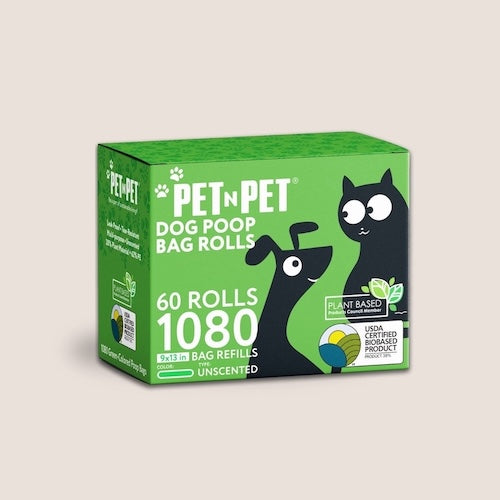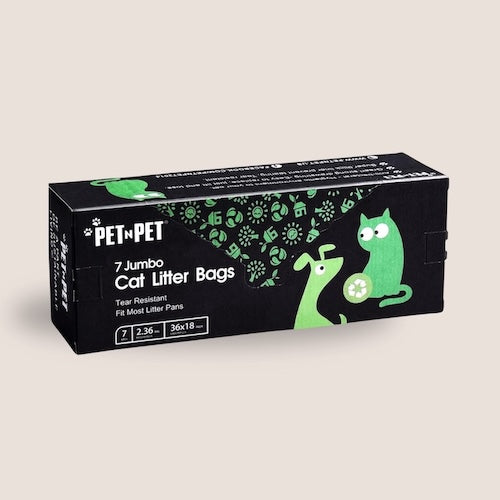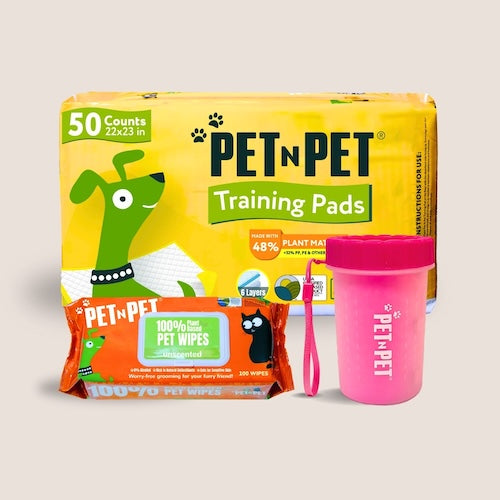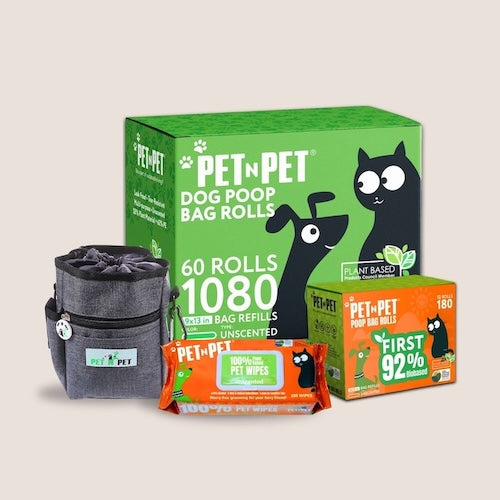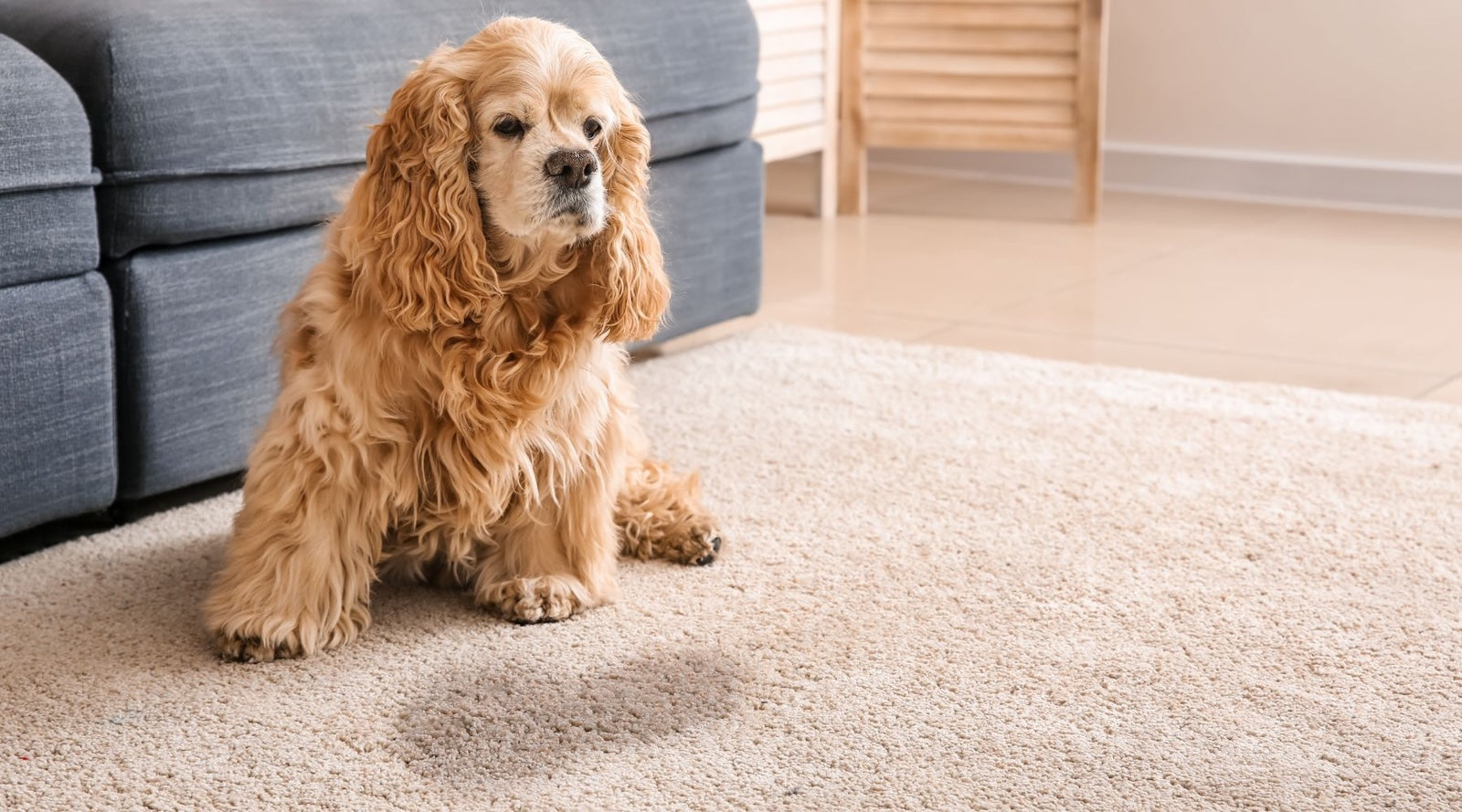
How Often Should a Puppy Pee? Build the Right Schedule Today
Bringing home a new puppy? Get ready for cuddles, chaos—and a whole lot of potty breaks. Teaching your pup where (and when) to go isn’t always easy, but having a solid plan makes all the difference.
With consistency, patience, and the right supplies like PET N PET Pee Pads – 50 Count, your furry friend will be house-trained in no time.
Let’s walk through what your daily potty training routine should look like—and how to avoid those “oops” moments on the rug.
Why Puppies Need a Potty Plan
Puppies don’t have the bladder control of adult dogs. Think of it like potty training a toddler—frequent breaks, lots of praise, and some trial and error.
As a rule of thumb: a puppy can usually hold their bladder for about one hour per month of age. So a 2-month-old pup? They might need to go every 2 hours (yes, even at night sometimes!).
Common signs your puppy needs a potty break include:
-
Sniffing or pacing
-
Sudden stillness
-
Whining or barking
-
Walking to a familiar corner
Catching these cues early is key to avoiding indoor messes.
What to Do—and What to Avoid
✅ Stick with:
-
Routine: Take your puppy out or place them on a pee pad at the same times each day.
-
Encouragement: Reward them right after they go in the correct spot.
-
Supervision: Limit free-roaming until they’re consistent with potty habits.
❌ Avoid:
-
Scolding for accidents (it just creates confusion or fear)
-
Skipping potty breaks after meals or naps
-
Inconsistent commands or cues
Your Potty Training Sidekick: Pee Pads
Crate training and outdoor walks are great—but sometimes, especially for small breeds or apartment living, pee pads are a must.
That’s where our PET N PET Pee Pads – 50 Count come in. They're highly absorbent, leak-resistant, and designed to keep floors dry and training stress-free.
They’re perfect for:
-
Nighttime use
-
Bad weather days
-
Travel
-
Puppies too small to hold it between outdoor breaks
Sample Daily Potty Routine
A consistent schedule helps your puppy learn faster. Here's a great place to start:
|
Time |
What to Do |
|
6:00 AM |
Wake-up potty trip or pee pad time |
|
6:30 AM |
Breakfast, followed by another break |
|
8:30 AM |
Mid-morning potty break |
|
10:30 AM |
Post-nap or playtime potty check |
|
12:30 PM |
Lunchtime + potty session |
|
2:30 PM |
Mid-afternoon potty time |
|
4:30 PM |
Evening walk or pad time |
|
6:30 PM |
Dinner + bathroom break |
|
8:30 PM |
Last call before bedtime |
|
Overnight |
Optional potty (if pup is under 12 weeks) |
This may feel like a lot—but it won’t be forever. As your puppy grows, you’ll space breaks further apart.
When Accidents Happen (Because They Will)
No need to panic if there’s an indoor mishap. Just clean it up calmly, avoid punishment, and keep your schedule steady.
Tips:
-
Use an odor-neutralizing cleaner so they’re not tempted to return to that spot.
-
Celebrate successes—don’t dwell on slip-ups.
-
If accidents happen often, increase the frequency of breaks or revisit your routine.
Expert Tips to Boost Results
-
Feed on a regular schedule – it makes potty habits easier to predict
-
Limit water before bedtime – helps reduce overnight accidents
-
Use the same phrase – like “go potty” – every time to build understanding
-
Choose a consistent spot – dogs often go where they smell they’ve gone before
And don’t forget to keep your pee pads in the same place too—consistency is everything.
Wrapping It Up
Potty training takes effort, but every mess-free day is a win. With patience, a clear schedule, and reliable tools like PET N PET Pee Pads – 50 Count, you’ll help your puppy build great habits that last a lifetime.
Stay consistent. Keep it positive. And soon enough? Your pup will know exactly where to go—without the guesswork.
